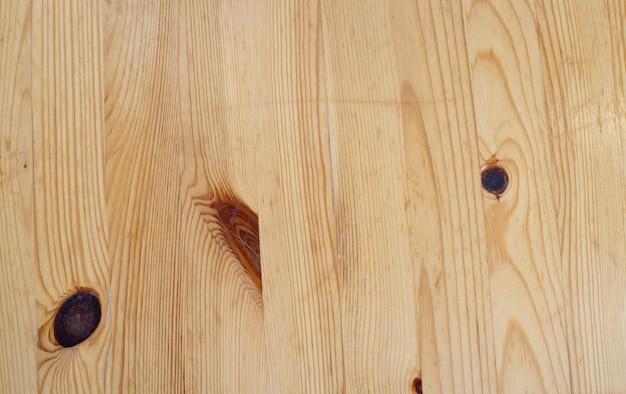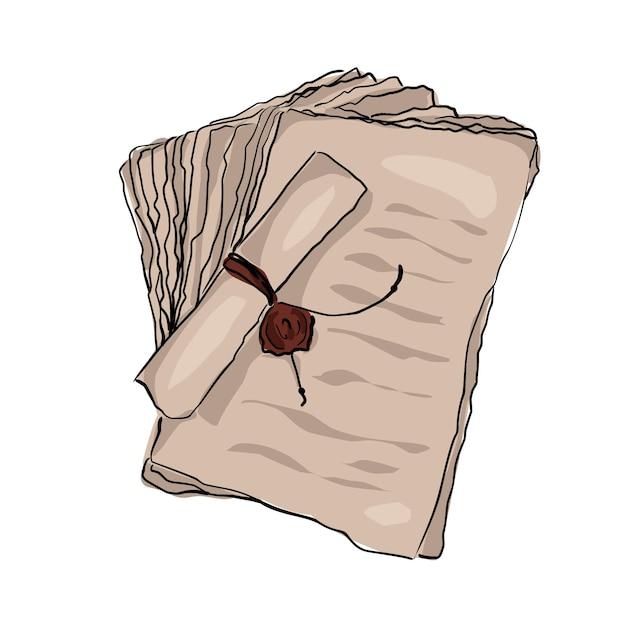Vinyl lettering on wood can be a fantastic way to add a personalized touch to your home decor, furniture, or crafts. But if you want to make sure those vinyl letters stay put and maintain their vibrant appearance, sealing them is essential. In this blog post, we’ll answer all your burning questions about sealing vinyl letters on wood and provide you with some helpful tips and tricks to achieve the best results.
From determining the right type of sealant to exploring various application methods, we’ll cover everything you need to know to protect and preserve your vinyl lettering. Whether you’re wondering if permanent vinyl will stick to wood, if you can apply epoxy over vinyl decals, or if spraying polyurethane is the way to go, we’ve got you covered. So, let’s dive in and discover the best ways to seal vinyl letters on wood efficiently and effectively.
Can You Seal Vinyl Letters On Wood
So, you’ve painstakingly crafted a beautiful wooden sign, adorned with vibrant vinyl letters. Great job, craftsman! But now the question arises: can you seal those vinyl letters on wood? Fear not, dear reader! In this subsection, we will explore the wonderful world of vinyl letter sealing and discover if it’s a task worth pursuing.
The Delicate Dance of Vinyl and Wood
Wood, being a porous material, is quite receptive to various sealants and finishes. However, vinyl letters are not as forgiving. They have a smooth, non-porous surface that can make adhesion a bit tricky. Applying a sealant directly on the vinyl may cause it to bubble, warp, or even peel away entirely. Nobody wants that kind of disappointment!
The Quest for the Perfect Seal
But fear not! There are ways to achieve a splendid seal without compromising the integrity of your vinyl letters. One popular method is to apply a clear coat over the entire wooden surface, including the vinyl letters. The clear coat acts as a protective layer, preventing any unwanted moisture, dust, or fading from affecting your masterpiece.
Prepare for Battle: Steps to a Successful Seal
Before rushing into battle, take a moment to gather your arsenal of supplies. You’ll need a clean, lint-free cloth, some fine-grit sandpaper, a paintbrush, and, of course, your chosen clear coat sealant. Now, let the sealing commence:
Step 1: Gentle Sanding
Take the fine-grit sandpaper and gently sand the wooden surface around the vinyl letters. This will help create a rougher texture for the clear coat to adhere to, ensuring a stronger bond.
Step 2: Dust Them Digits
Using your lint-free cloth, carefully wipe away any dust or debris from the wood and vinyl letters. A clean surface is key to achieving a flawless seal.
Step 3: Brush On, Brave Adventurer
Now comes the moment of truth. Dip your paintbrush into the clear coat sealant and brush it evenly over the entire wooden surface, including the vinyl letters. Make sure to apply a thin, even layer, avoiding any excessive pooling or drips.
Step 4: Patience, Young Grasshopper
Allow your freshly coated wooden sign to dry according to the instructions on your chosen clear coat sealant. This may typically take anywhere from 24 to 48 hours. Be patient, my friend! Good things come to those who wait.
Sealing vinyl letters on wood can be a bit of a delicate procedure, but armed with the right knowledge and techniques, you can achieve a magnificent result. Remember to take your time, prepare the surface properly, and apply the clear coat sealant with finesse. Your wooden sign with its dazzling vinyl letters will stand the test of time, impressing onlookers for years to come. Happy sealing!
FAQ: Can You Seal Vinyl Letters on Wood
Vinyl lettering on wood can add a personalized touch to your projects, but it’s important to know how to protect and seal it properly. In this FAQ-style guide, we’ll answer some common questions about sealing vinyl letters on wood and provide you with practical tips and tricks to ensure your creations stand the test of time.
What can you apply over vinyl lettering on wood
To protect your vinyl lettering on wood, you can apply various finishes. One popular option is a clear polyurethane coating. This protective layer creates a barrier between the vinyl and potential wear, tear, or moisture. Other suitable options include epoxy, mod podge, or acrylic sealants, depending on your specific needs.
Will permanent vinyl adhere to wood
Absolutely! Permanent vinyl is specially designed to adhere to various surfaces, including wood. Its strong adhesive properties ensure a long-lasting bond. However, keep in mind that the condition of the wood’s surface—smoothness, cleanliness, and absence of oils or contaminants—can affect how well the vinyl sticks.
Can you put epoxy over vinyl decals on wood
Yes, you can apply epoxy over vinyl decals on wood, but it’s important to take the necessary precautions. Ensure that the epoxy doesn’t have any solvents that may damage the vinyl. You may also want to test a small area first to ensure compatibility and desired results. Additionally, follow the manufacturer’s instructions for mixing and curing times.
Can you spray polyurethane over vinyl decals
Yes, you can spray polyurethane over vinyl decals to provide protection and a glossy finish. It’s crucial to apply thin, even coats to avoid pooling or drips, which may cause the vinyl to lift. Make sure to use a polyurethane formulated for clear finishes and follow the manufacturer’s recommendations for application and drying times.
How do you seal stickers on wood
To seal stickers on wood effectively, you have a few options. You can use clear sealants such as polyurethane, mod podge, or acrylic spray. First, ensure that the wood surface is clean and free from dust or debris. Then, apply a thin layer of the chosen sealant, allowing it to dry between coats. Repeat the process until you achieve the desired level of protection.
Can you iron vinyl onto wood
No, you should not iron vinyl directly onto wood. Applying heat directly to the vinyl can cause it to melt or warp, which may ruin your project. If you need to apply heat for any reason, use a heat press or a cloth barrier between the vinyl and the iron, ensuring you maintain a safe temperature appropriate for the vinyl type.
What is the best sealer for vinyl on wood
The best sealer for vinyl on wood depends on your specific needs and preferences. Clear polyurethane is a popular choice due to its durability, moisture resistance, and glossy finish. However, other options like epoxy, mod podge, or acrylic sealants can also provide excellent protection and various finishes. Choose what suits your project’s requirements best.
Can you put Minwax polyurethane over paint
Yes, you can put Minwax polyurethane over paint. It’s essential to ensure that the paint is fully dry and cured before applying the polyurethane. Follow the manufacturer’s instructions for application, drying times, and sanding between coats if necessary. This combination can provide a strong protective layer for your painted projects.
Do I need to seal vinyl on cups
Sealing vinyl on cups is not always necessary but can extend the life of your design. If your cups are frequently hand-washed or exposed to moisture, sealing the vinyl can provide added protection against peeling or lifting. Consider using a food-safe sealant like dishwasher-safe mod podge or epoxy designed for direct contact with liquids.
Can you use heat on permanent vinyl
Yes, you can use heat on permanent vinyl, but be cautious to avoid overheating or damaging the vinyl. Heat may be required for certain applications like heat transfer or for conforming vinyl to curved surfaces. Use the appropriate heat source (e.g., heat press, heat gun) and follow the vinyl manufacturer’s instructions to prevent any issues.
Why is my vinyl not sticking to wood
Several factors may contribute to vinyl not sticking to wood effectively. One common reason is an uneven or dirty surface. Ensure the wood is clean, smooth, and free from any oils or debris before applying the vinyl. Additionally, extreme temperatures, improper vinyl storage, or using the wrong type of vinyl for wood applications can also impact adhesion.
Do you need to seal permanent vinyl
Sealing permanent vinyl is not mandatory, but it can provide additional protection and longevity to your projects. Sealing helps guard against scratches, fading, and moisture damage, allowing your vinyl designs to look fresh for a longer period. Consider the specific application and evaluate if sealing is necessary for your intended use.
Should you clear coat over decals
Clear coating over decals is a personal choice depending on your desired outcome. Applying a clear coat can provide a layer of protection against wear, tear, and exposure to the elements, helping your decals last longer. However, ensure you choose a clear coat that’s compatible with the decal material and test on a small area first to avoid any adverse reactions.
Can you seal vinyl lettering on wood
Yes, you can and should seal vinyl lettering on wood to protect it from potential damage. Sealing creates a barrier that guards against UV rays, moisture, and general wear, preserving the vibrant colors and adhesion of the vinyl. Choose a suitable sealant like clear polyurethane or alternative options, following the manufacturer’s instructions for optimal results.
Can I put Mod Podge over vinyl
Yes, you can put Mod Podge over vinyl. Mod Podge is a versatile adhesive and sealer, suitable for various crafting applications. When applied over vinyl, it adds an extra layer of protection against scratching, peeling, and fading. Use a foam brush or roller to apply a thin, even coat, allowing it to dry fully between layers.
Can you clear coat over vinyl
Yes, you can clear coat over vinyl to provide protection and enhance its appearance. Clear coats like polyurethane, epoxy, or acrylic sealants can create a protective barrier against scratches, UV rays, and moisture. Ensure you apply thin, even coats, allowing proper drying between layers. This will prevent the vinyl from lifting or distorting.
Can you polyurethane over vinyl on wood
Yes, polyurethane can be applied over vinyl on wood. Polyurethane provides a clear, protective finish that helps preserve the vinyl’s appearance and adhesion. When applying, make sure the surface is clean and dry. Use smooth, even brush strokes or a foam brush, and follow the manufacturer’s instructions for drying and recoating times.
Which is better, Polycrylic, or polyurethane
The choice between Polycrylic and polyurethane depends on your preferences and the specific project requirements. Polycrylic is water-based, dries faster, and has lower odor compared to traditional oil-based polyurethane. Polyurethane, on the other hand, provides superior durability and protection. Consider the desired finish, ease of application, drying time, and other project-specific factors when making your decision.
Can you put a clear coat over vinyl decals
Yes, you can put a clear coat over vinyl decals. Applying a clear coat, such as polyurethane, epoxy, or acrylic sealant, can help protect the decals from scratches, fading, and moisture damage. Just ensure the decal is fully dry, and the surface is clean before applying the clear coat. Follow the manufacturer’s instructions for best results.
Now that you have answers to these common FAQs, you’re well-equipped to seal and protect your vinyl letters on wood. Happy crafting and may your creations bring joy and a touch of personalization to all who see them!

